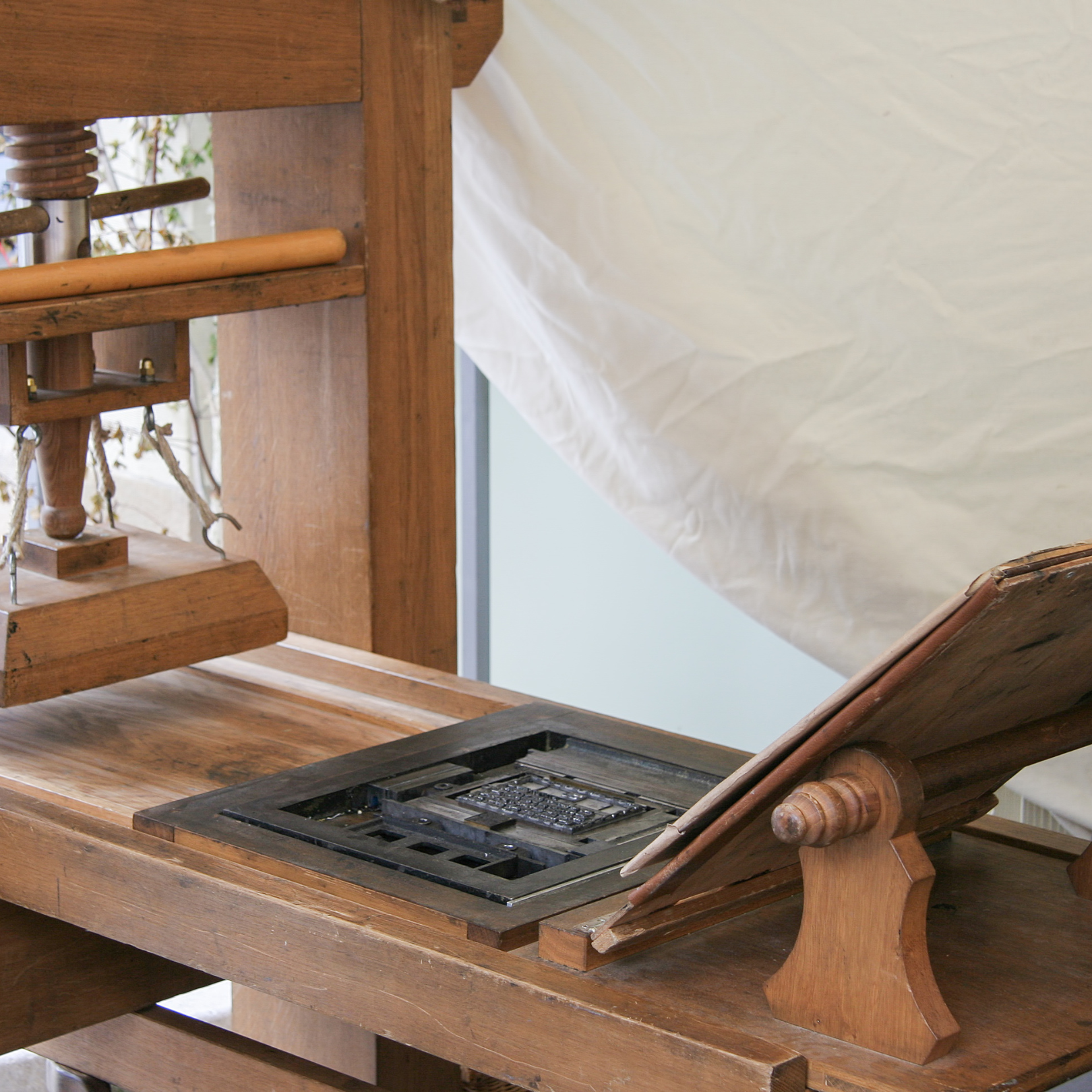Introduction
The Renaissance, a transformative era marked by intellectual and cultural advancements, surely owes much of its success to one groundbreaking invention: the printing press. The emergence of printing revolutionized the dissemination of knowledge, fueling the Renaissance’s intellectual curiosity and spearheading an unprecedented era of enlightenment. In this blog post, we delve into the profound impact of printing on the Renaissance and explore how this innovative technology transformed society, arts, and knowledge preservation.
The Birth of the Printing Press
The Renaissance witnessed the birth of Johannes Gutenberg‘s remarkable invention: the printing press. The printing press facilitated the mass production of written material by using movable type and producing books more efficiently. It subsequently sparked a profound change in how information was shared and consumed.
Democratization of Knowledge
Printing democratized knowledge in the Renaissance by making books more accessible to the masses. Prior to the printing press, handwritten manuscripts were painstakingly created by scribes, making books a luxury limited to the elite. However, printing drastically reduced the cost and time required to produce books, enabling wider distribution and fostering a more educated society.
Spreading Ideas and Information
The printing press enabled the rapid dissemination of ideas and information throughout Europe, accelerating the exchange of knowledge and fostering intellectual dialogue. Philosophical, scientific, and artistic breakthroughs spread across borders, transcending geographical boundaries and connecting scholars, thinkers, and artists across the continent.
Scientific Advancements
Printing played a pivotal role in the scientific revolution of the Renaissance. Scientific discoveries and theories were recorded, published, and distributed more efficiently, leading to enhanced collaboration and the advancement of scientific knowledge. Prominent scientists like Copernicus and Galileo Galilei utilized the printing press to disseminate their groundbreaking works, igniting widespread interest in astronomy and challenging established beliefs.
Transformation of the Arts
The availability of printed books led to a transformation in artistic expression during the Renaissance. Artists gained access to illustrated manuscripts and ancient texts, inspiring innovation and pushing boundaries. Techniques and styles could be shared and replicated more easily, leading to artistic developments that shaped the Renaissance aesthetic.
Religious Reformation
Printing played a critical role in the religious reformation of the Renaissance period. Widely distributed thanks to the printing press, Martin Luther‘s 95 Theses questioned the practices of the Catholic Church. This dissemination of ideas sparked the Protestant Reformation, forever altering the religious landscape in Europe and fostering religious tolerance.
Preservation of Knowledge
Printing helped preserve knowledge for future generations. Prior to the printing press, handwritten manuscripts were susceptible to loss, destruction, or decay. Allowing for multiple copies to be produced, printing ensured the survival of works that would have otherwise been lost to time. This preservation of knowledge laid the foundation for future intellectual pursuits and cultural development.
Conclusion
The invention of the printing press was a transformative moment in human history, particularly during the Renaissance. By democratizing knowledge, facilitating the exchange of ideas, and fueling scientific advancements, printing catalyzed a period of extraordinary intellectual growth and cultural enlightenment. The impact of printing on the Renaissance was profound. It forever altered the course of history and paving the way for future advancements in communication and knowledge dissemination. For an in-depth look of the printing press, read our blog Evolution of the Printing Press.

